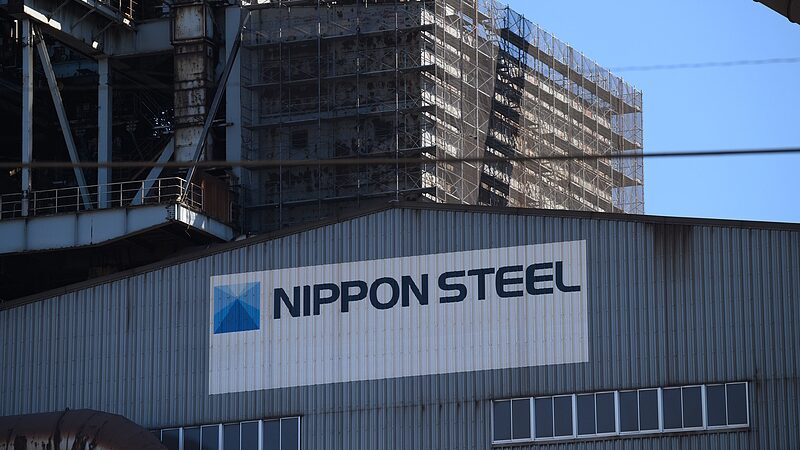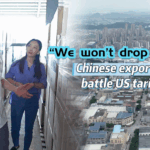As tariffs reshape global trade dynamics, a U.S. business owner's recent remarks highlight growing skepticism about reviving domestic manufacturing through economic protectionism. "You can't force supply chains to reverse decades of globalization overnight," said the entrepreneur, whose company shifted production from the U.S. to Southeast Asia in 2022.
This sentiment echoes across industries that initially embraced former President Donald Trump's tariff-driven agenda but later faced rising operational costs. Analysts note tariffs increased input prices by up to 25% for manufacturers reliant on U.S.-produced steel and electronics, creating paradoxical challenges for businesses trying to "Buy American."
Asia's manufacturing hubs appear poised to benefit from continued uncertainty. Vietnam recorded a 17% year-on-year increase in foreign direct investment in Q2 2024, while India's production-linked incentive schemes attract automakers and tech firms. However, economists caution that tariff wars risk slowing the $28 trillion Asia-Pacific economy, with WTO data showing global trade growth slowing to 1.7% this year.
For business leaders, adaptability remains key. Many firms now pursue "China+1" strategies, maintaining Chinese mainland operations while expanding into ASEAN markets. "The future isn't about reversing globalization," noted one Shanghai-based supply chain analyst. "It's about building smarter, more diversified networks."
Reference(s):
cgtn.com








